Event Summary
North West PRS | Summary, slides & photos
At this sold-out Place North West event, the region’s built-to-rent experts outlined the future of the market with global investors ready to back one of the UK’s fastest-growing sectors.
More than 300 people attended the event at Manchester’s Science & Industry Museum on Thursday 17 January, where industry experts gathered to discuss the future of the private rented sector.
Speakers included Danielle Gillespie, North West manager at Homes England; David Smith-Milne, managing director, Placefirst; Lee Hill, Northern build-to-rent director, JLL; Dave Power, group chief executive of One Manchester; Darren Hutchinson, managing director of Barings Real Estate; Stephanie Pollitt of the British Property Federation; Sam Rowlands, chief executive of developer Brickland; Dr Thomas Moore, planning lecturer at the University of Liverpool; James Duncan, partner at Winckworth Sherwood; and Nigel Saunders of architect Pozzoni.
The event was sponsored by Hydrock, JLL, Placefirst, Premier Guarantee, and Winckworth Sherwood, and was chaired by Place North West editor Jessica Middleton-Pugh.

The conference began with a presentation by JLL’s Lee Hill, who provided a PRS case study of the Greengate development in Salford. This showed how tenants were still paying a premium to live in build-to-rent stock, with tenancy lengths also averaging around 16 months.
Hill said JLL was able to retain two in every three residents with a renewal rate of 67%. This was in part due to the building having amenities that “tap into everybody on a scale that works”, with a gym with enough capacity to serve all the building’s residents, to add value to the development.
“Forward-funding of schemes is a reflection of the lack of completed stock, and ever-increasing amounts of stock will be transacted as the market matures,” he said.
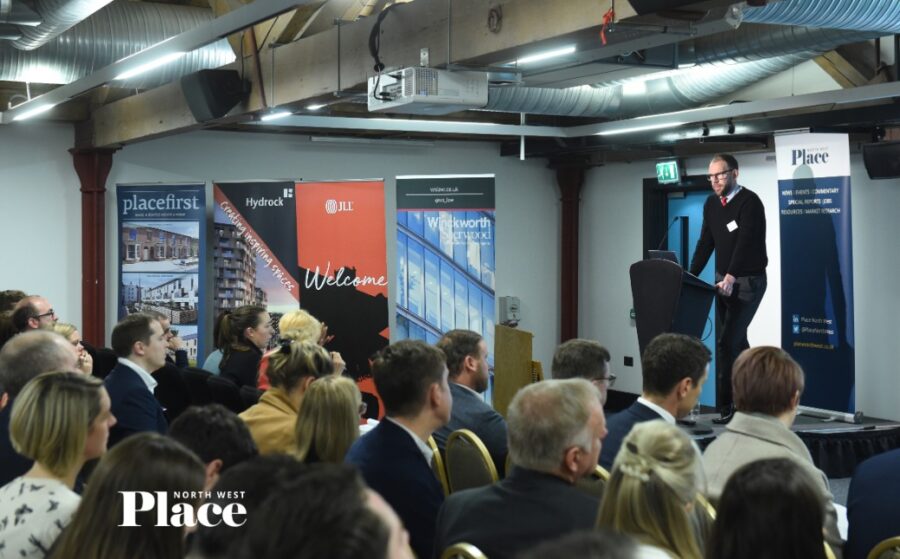
Lee Hill, JLL
Billions to be invested
Hill then joined a panel including Sam Rowlands, James Duncan, Stephanie Pollitt, and Darren Hutchinson.
- Barings’ Hutchinson said that “supply remains the barrier” for the market to grow, with demand from investors across the sector, but that major investment will only happen once “stabilised stock” comes to market
- Duncan of Winckworth Sherwood agreed the market was still “three or four years off” maturity with the hope that interest from secondary investors will help make PRS “an asset class that all institutions will compete for”
- Rowlands argued there were still challenges around construction costs and acquiring land “at the right prices”. “Most contractors heavily reliant on subcontractors, and when there’s a volume of work taking place, they can be more selective and price jobs accordingly,” he said
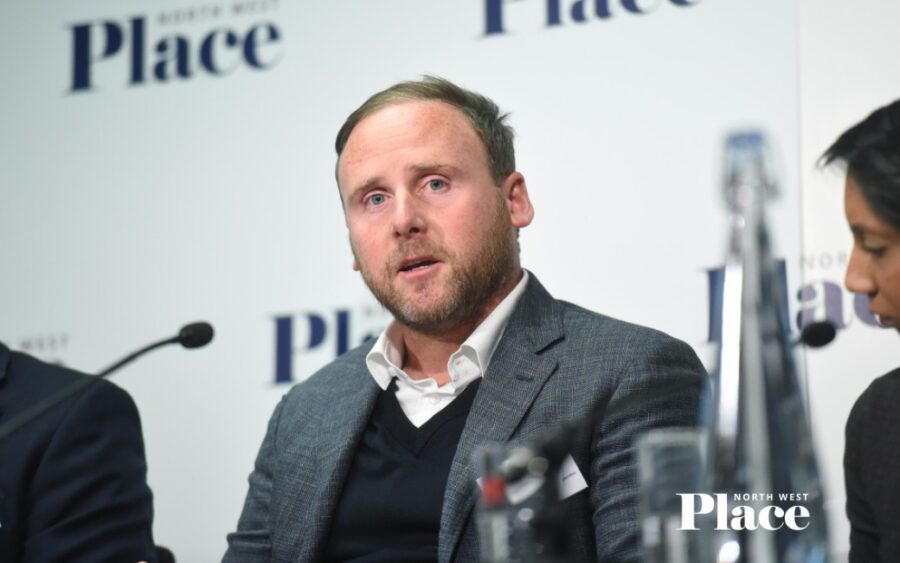
Sam Rowlands, Brickland Group
- Pollitt said the North West market was “performing very well” compared to the national picture, with the region’s pipeline expected to outstrip London this year
- Hutchinson said the appetite from global investors in the sector was “incredibly strong” with “billions waiting to be invested”, but warned against providers “piling in and oversupplying the market”
- Hill argued “the top of the market” hadn’t yet been reached, with more sales and reservations picking up as sites reach practical completion rather than before. There have also been plenty of properties leaving the market including former buy-to-let stock being sold off
- Responding to a question from the audience, Pollitt said there was a “fundamental understanding that high streets were changing” and that many of these could have the capacity to house private rented stock
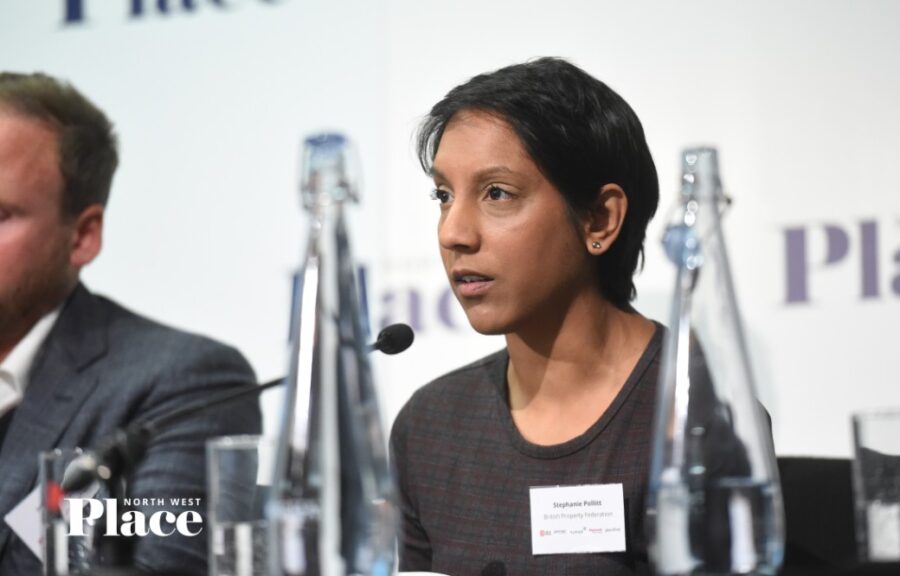
Stephanie Pollitt, BPF
Fundamental changes
Following a networking break, Dr Tom Moore of the University of Liverpool took to the stage to outline how changing demographics had shaped the rise of the private rented market.
In 2006-07, 27% of PRS tenants were aged between 24 and 35, but that has since risen to more than 40%. He showcased how PRS has historically been viewed as a transitional tenure, but changing attitudes and market supply have made it a more “long-term prospect” for tenants. Survey data suggested that nearly half of tenants felt it would take more than five years to buy a house.
Despite this, 81% of tenancies are only on a six-to-12-month basis, with the churn of tenants remaining higher than other tenures; this has broader social impacts related to family formation, disruption to schooling, and social networks.
Statistics have also showed the greatest demand for build-to-rent development has been from places like Runcorn, Bootle, and Birkenhead.
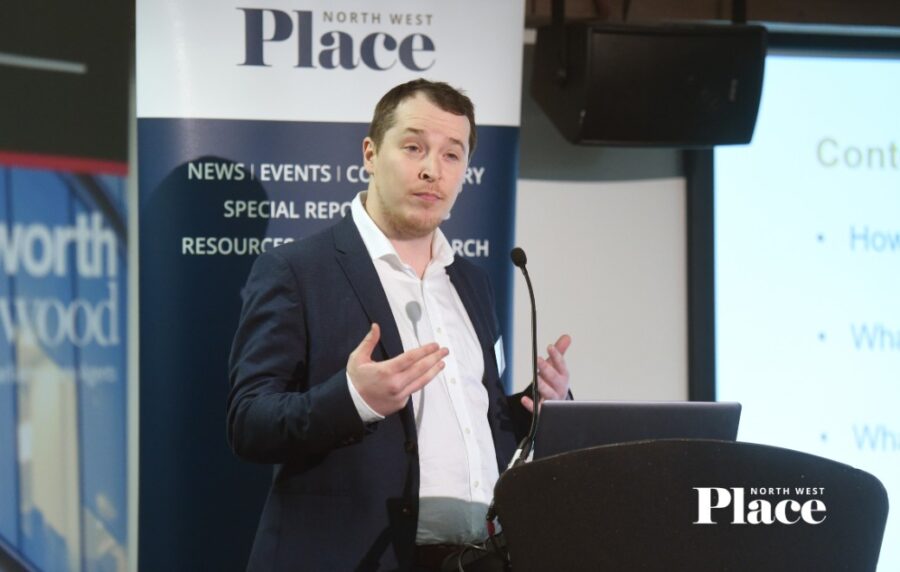
Dr Tom Moore, the University of Liverpool
Not a second-class tenure
David Smith-Milne of Placefirst then presented on his company’s approach to the sector, focussed on family homes with projects such as Welsh Streets in Liverpool.
“PRS is a sector which needs to find its way outside the predominately urban areas – the gap between social housing and first-time buyer markets,” he argued.
“It’s not just millennials that are driving it, but a desperate shortage of housing – those that historically would have gone to social rent, or to first-time buyers. It’s a new era of housing tenures, with private renting now a critical part of communities.
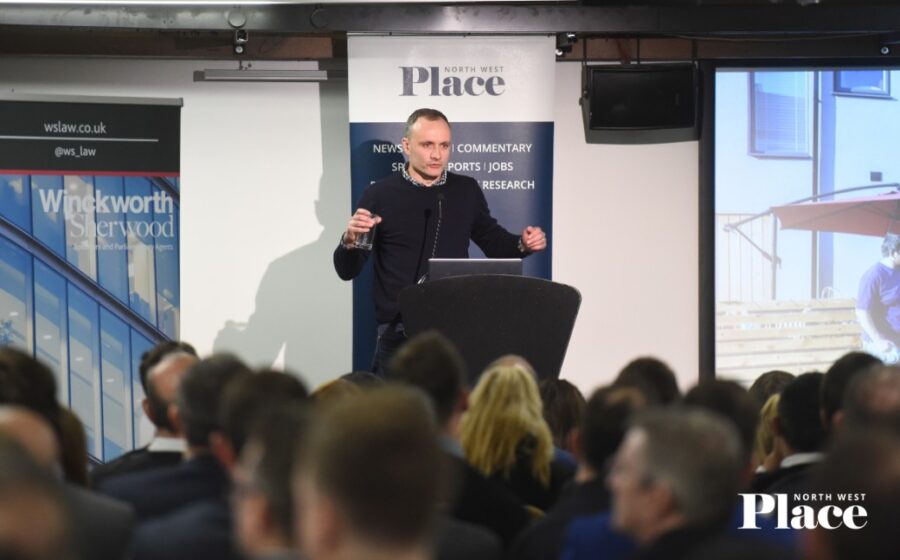
David Smith-Milne, Placefirst
“It’s not low-income families either, but those that haven’t managed to accumulate wealth, divorcees, larger families, some instances of older people that don’t want the hassle of owning a house who want to release some of their equity.
“’More houses’” shouldn’t be the mission, but the focus instead should be on creating houses that kids will want to grow up in.”
Smith-Milne then joined a panel alongside One Manchester’s Dave Power, Nigel Saunders of Pozzoni, and Danielle Gillespie of Homes England.
- Smith-Milne said the market has been “lazy” with “institutional capital investors all following each other”, and praised Sigma Capital’s approach to investment in PRS housing stock
- “Fundamentally it’s like a herding exercise, it takes organisations like them to lead the way,” he argued
- Power said housing association One Manchester’s approach to the sector was “not all about numbers” with an increasing focus on place making, maintenance and management
- Growth in PRS in low-income areas has basically obliterated owner-occupiers,” he said.
- “We have a problem that could create a private sink estate without any public intervention to make it better”
- Gillespie agreed that “a quest for numbers” was not the way to approach the sector with Homes England now looking to bring forward “the full armoury” of its funding to unlock sites, also working in partnership with housing associations in places including Halton and Runcorn
- Saunders said there was great potential for public-private partnerships where large areas of land can be drawn on and combined with methods such as modular housebuilding to deliver a surety of supply
When asked about the future of the sector and the key challenges to look out for, Smith-Milne said there needed to be a “change in perception” on what the tenure offers.
“I’m not being evangelical, I’m being commercial,” he argued.
“This is a long-term tenure, with a secure and predictable income stream, and it’s highly investable. The one thing you worry about most as a developer is certainty, and you have it in this market, so it makes perfect sense to do it well, and to the needs of the ultimate consumer.”
Interested in the residential market? Place North West is hosting its annual Resi conference on 4 April. Click here to buy your tickets.
The presentation slides can be accessed below:
Dr Tom Moore, University of Liverpool
Click any image to launch gallery
- Lee Hill, JLL
- Sam Rowlands, Brickland Group
- Left to right: James Duncan; Darren Hutchinson; Sam Rowlands; Stephanie Pollitt; Lee Hill
- Darren Hutchinson, Barings
- Stephanie Pollitt, BPF, and Lee Hill, JLL
- James Duncan, Winckworth Sherwood
- Lee Hill, JLL
- Stephanie Pollitt, BPF
- Jessica Middleton-Pugh, editor, Place North West
- Dr Tom Moore, the University of Liverpool
- David Smith-Milne, Placefirst
- David Smith-Milne, Placefirst
- David Smith-Milne, Placefirst
- Dave Power, One Manchester
- Nigel Saunders, Pozzoni
- Left to right: Dave Power; Nigel Saunders; David Smith-Milne; Danielle Gillespie
- Danielle Gillespie, Homes England


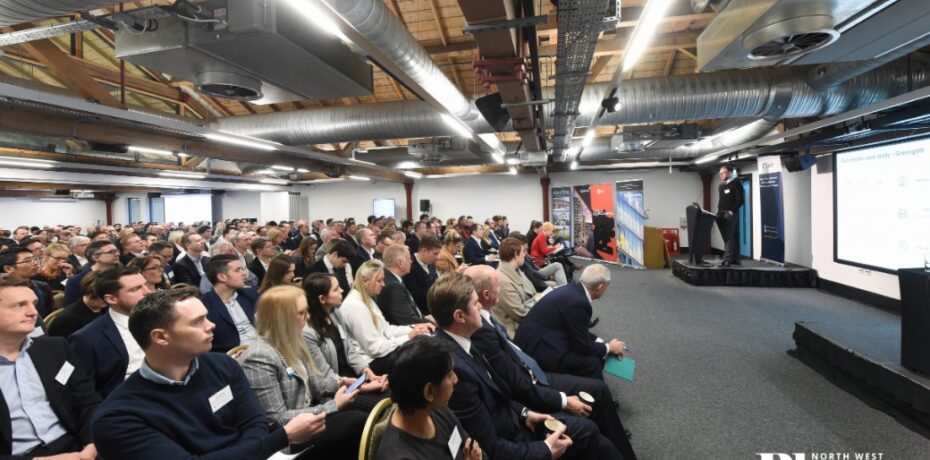
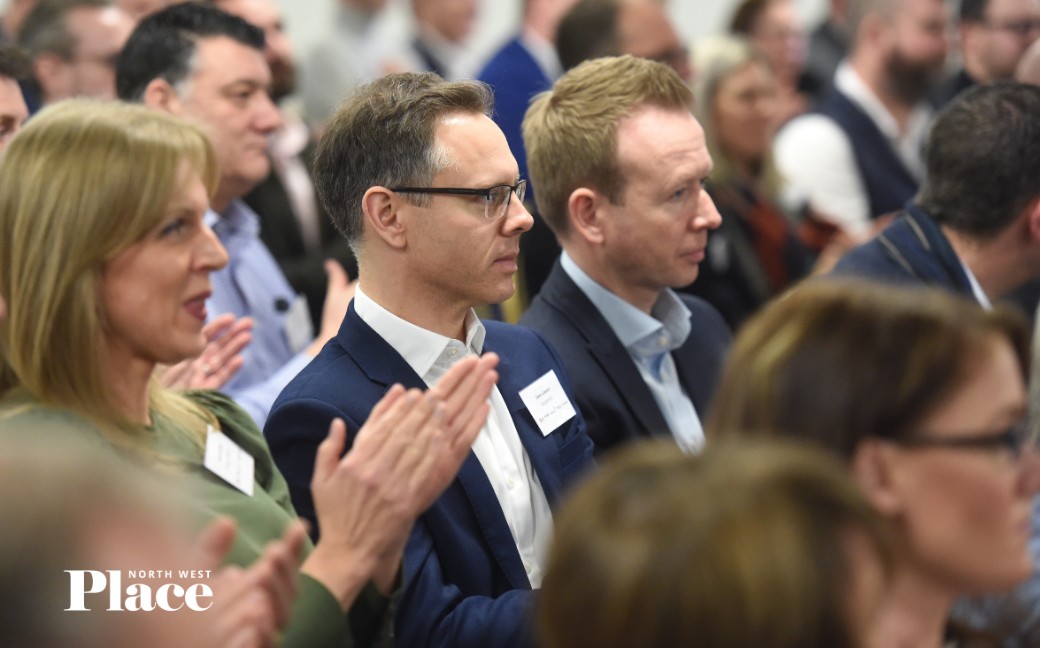

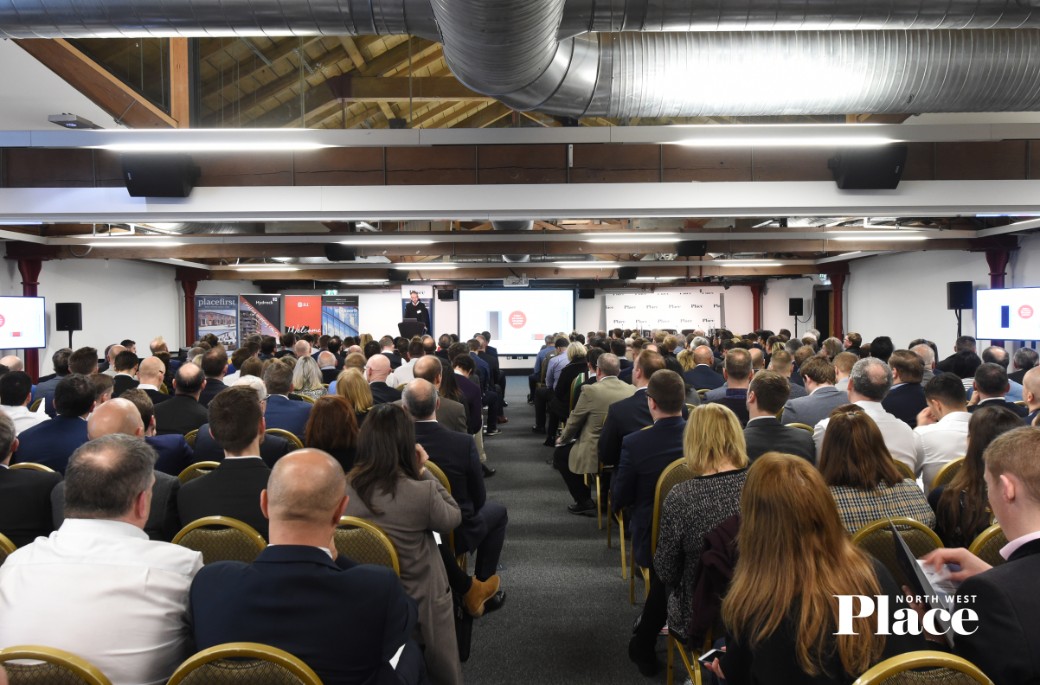


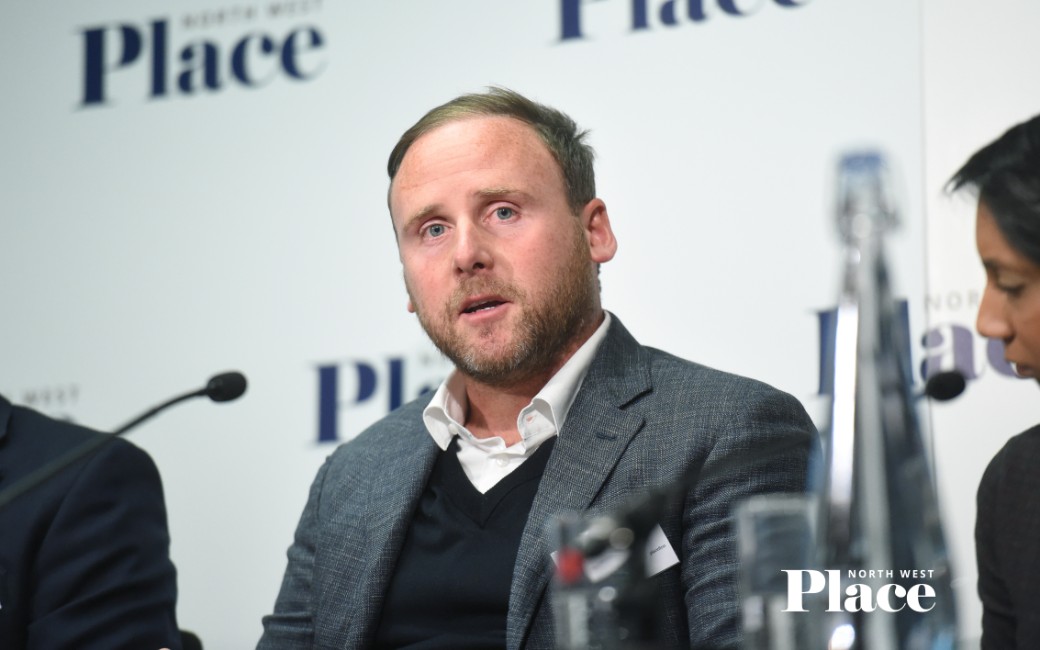

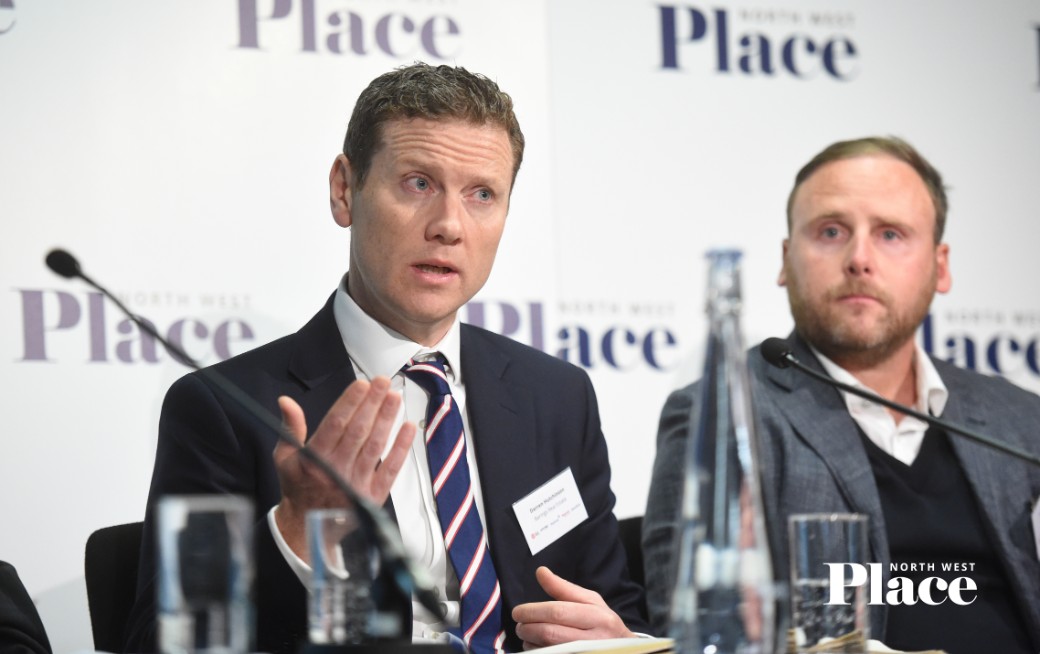
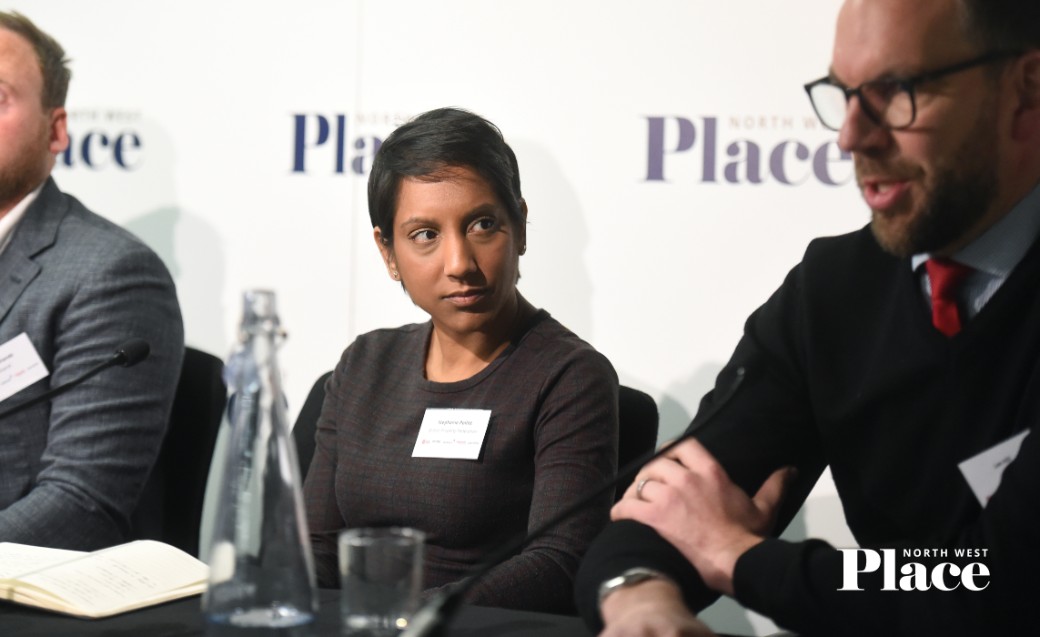
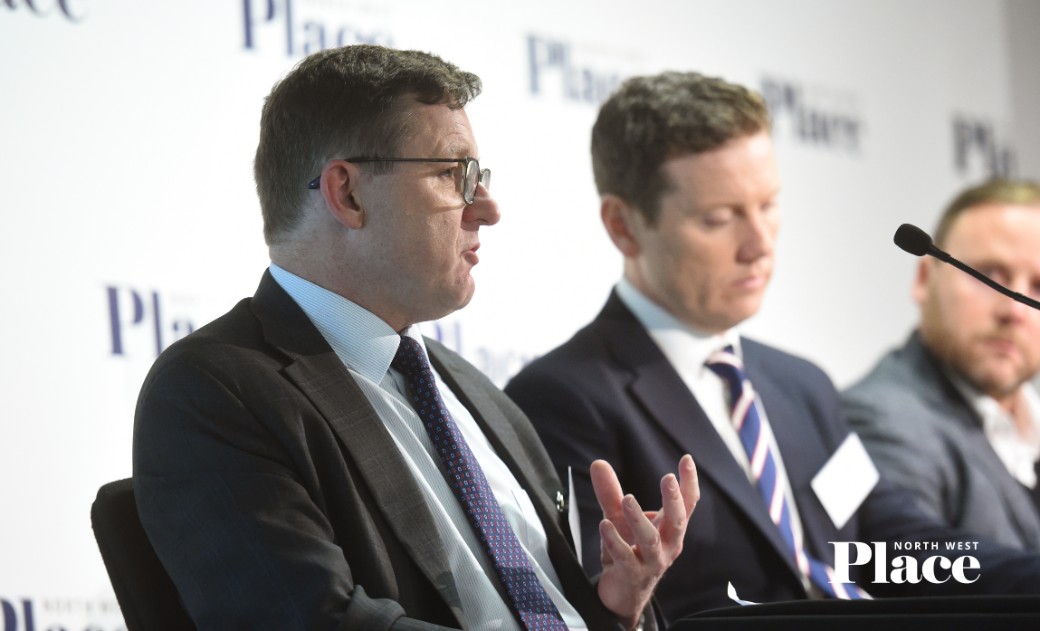
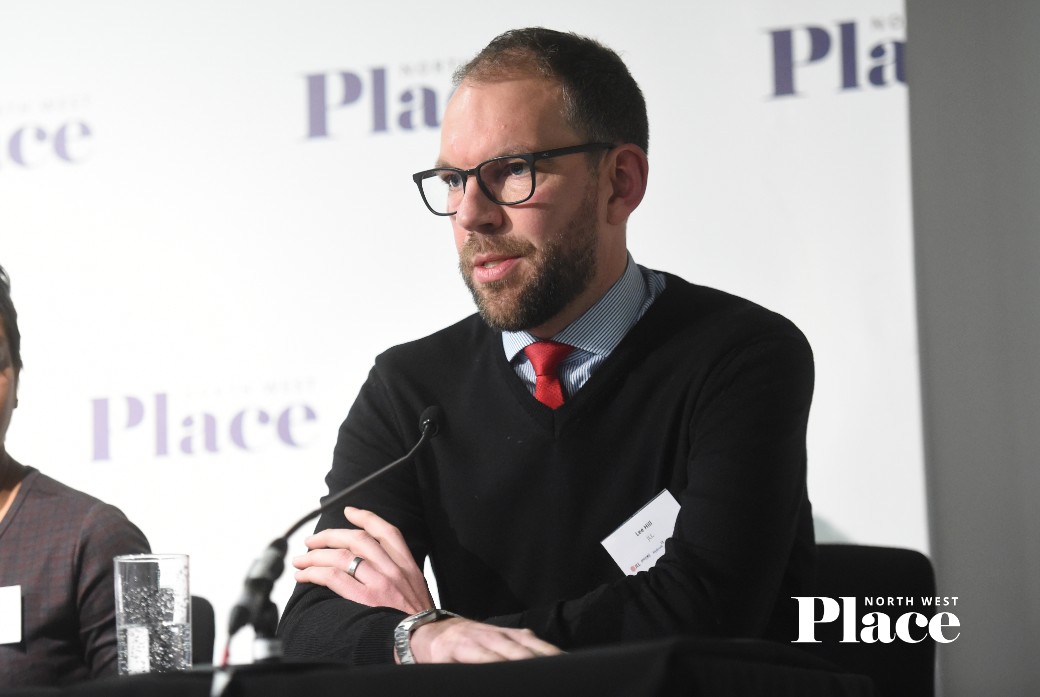
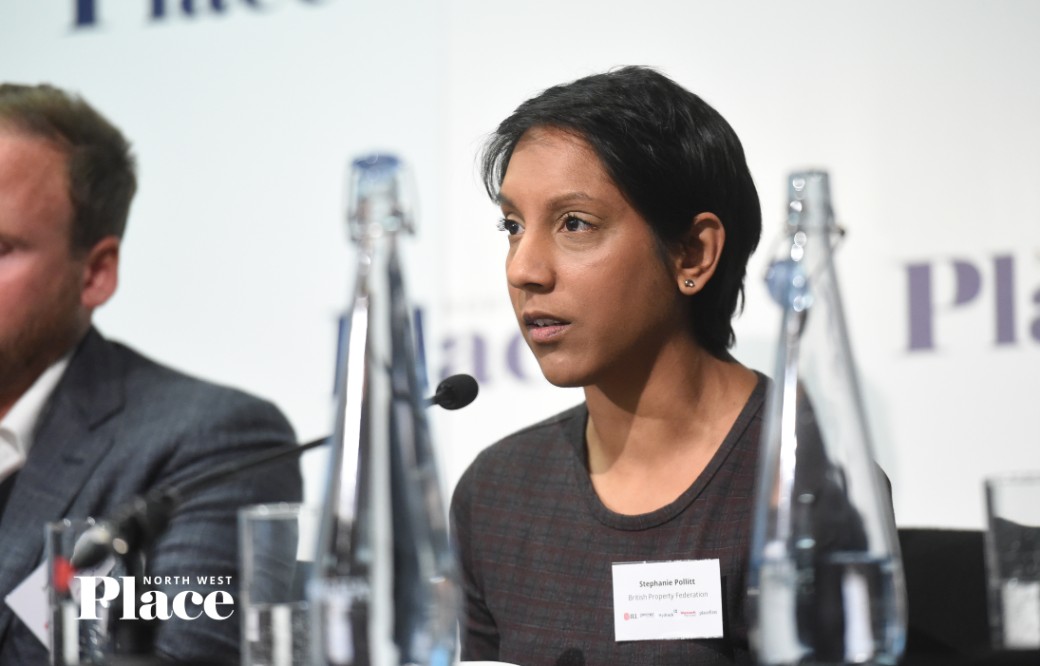
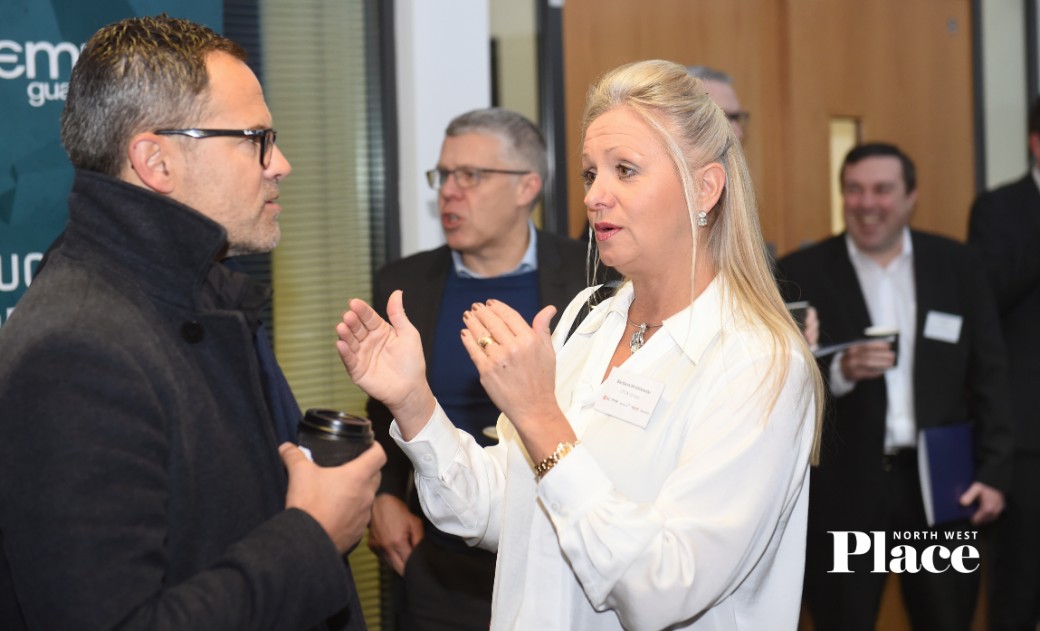
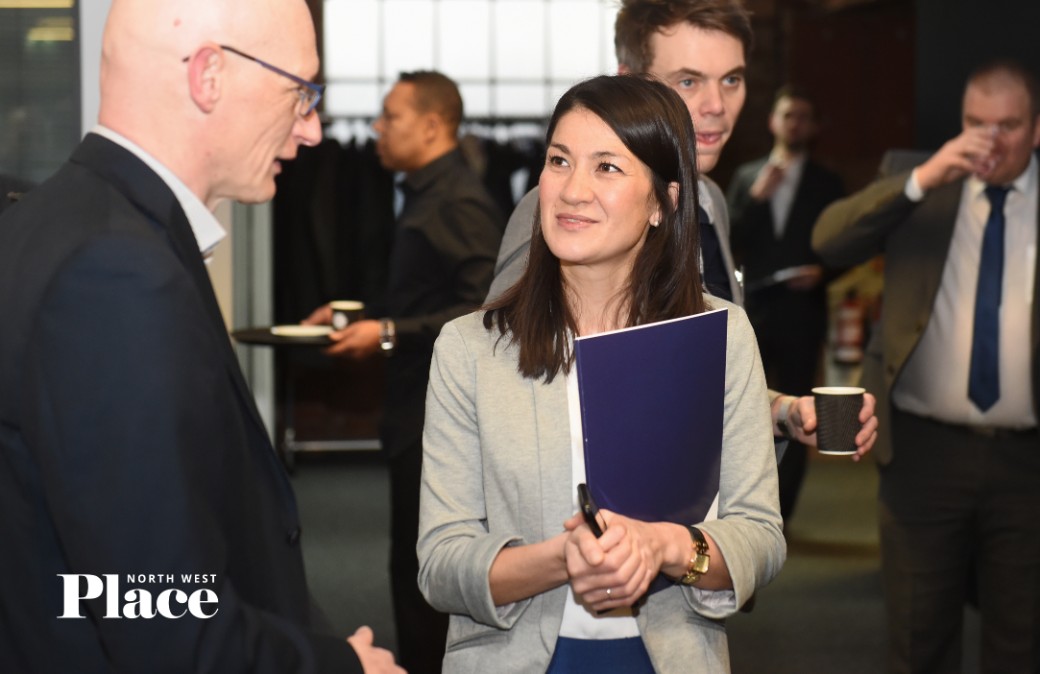

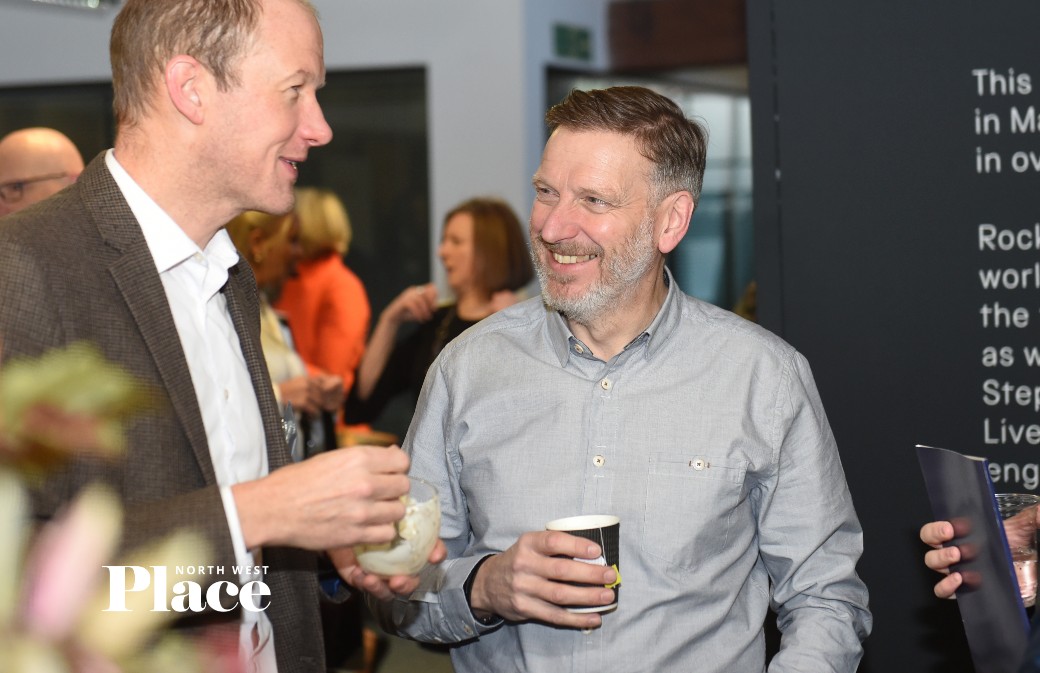
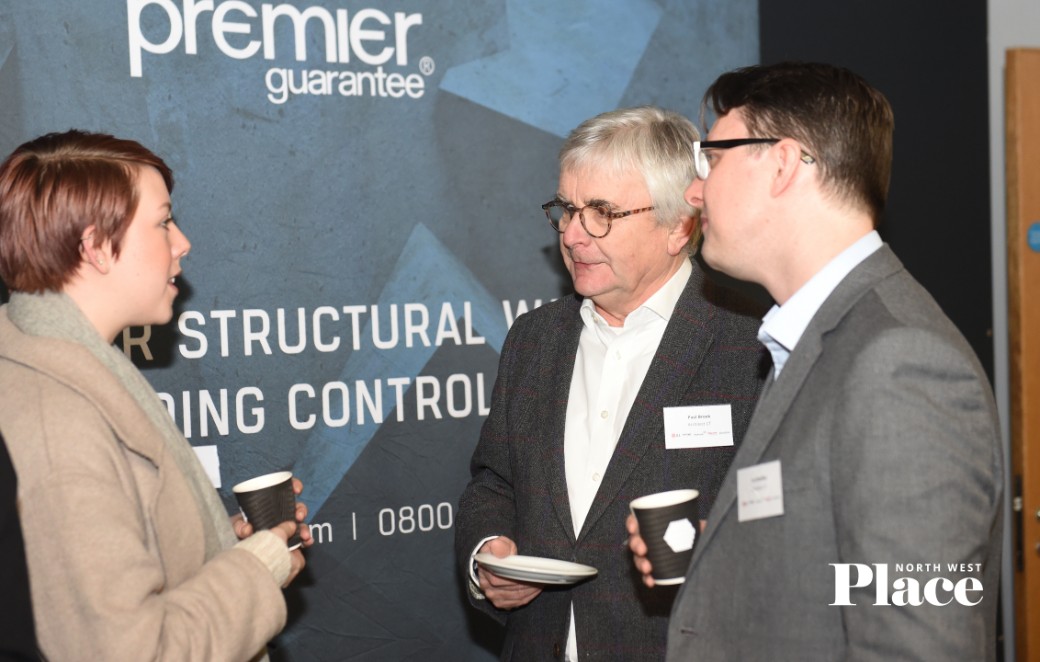

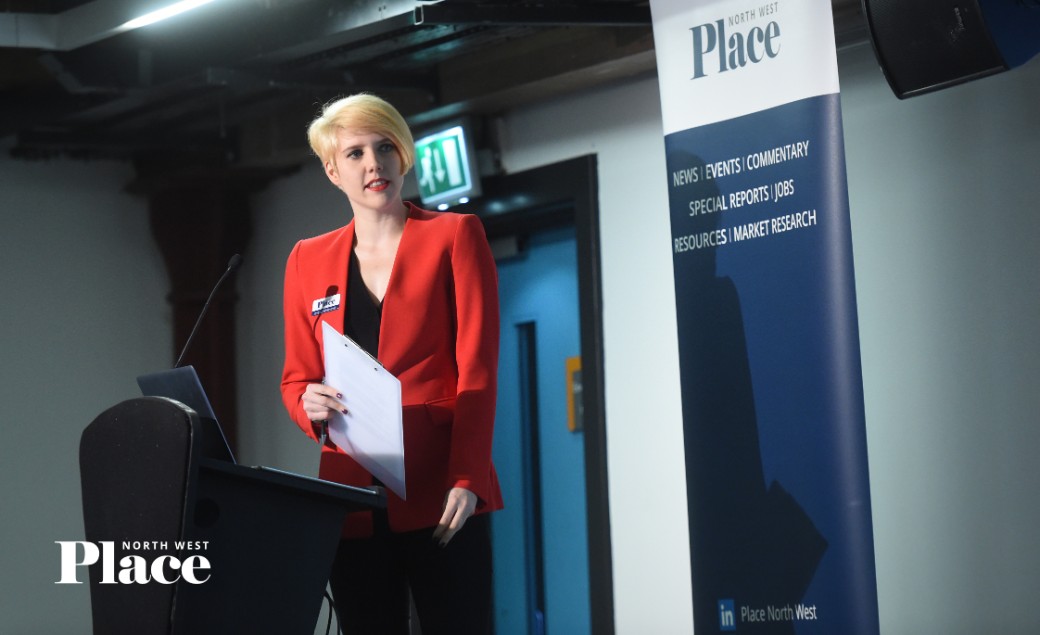
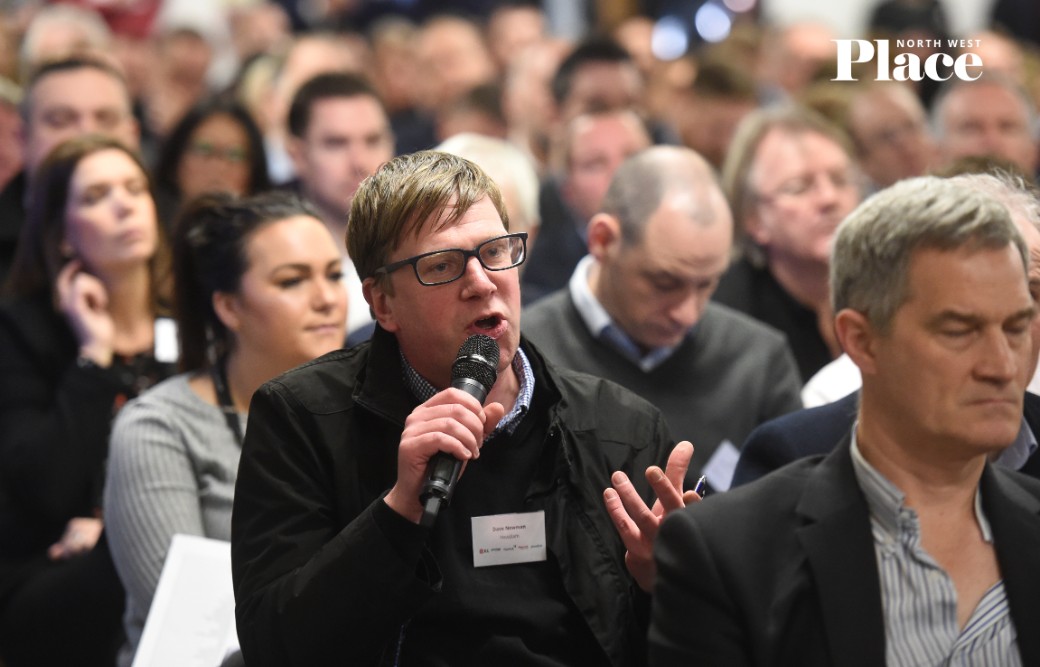

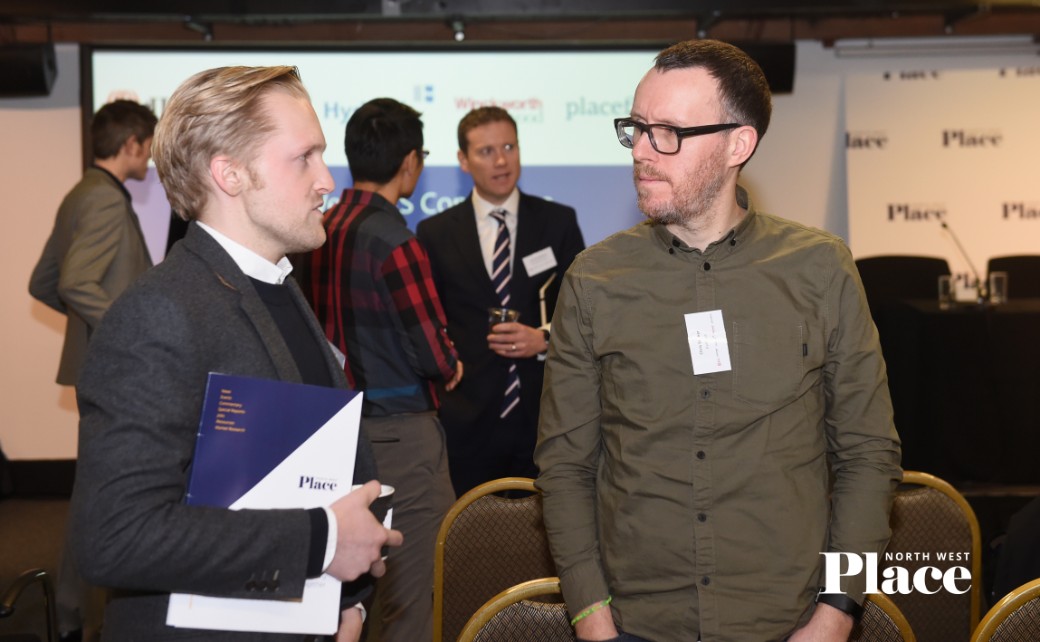




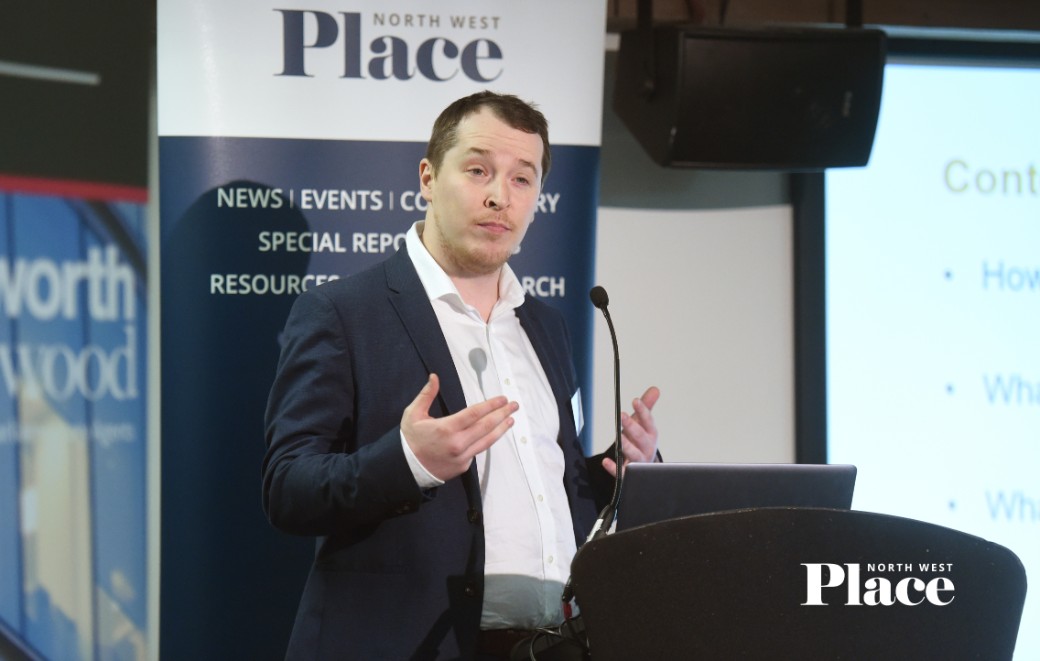

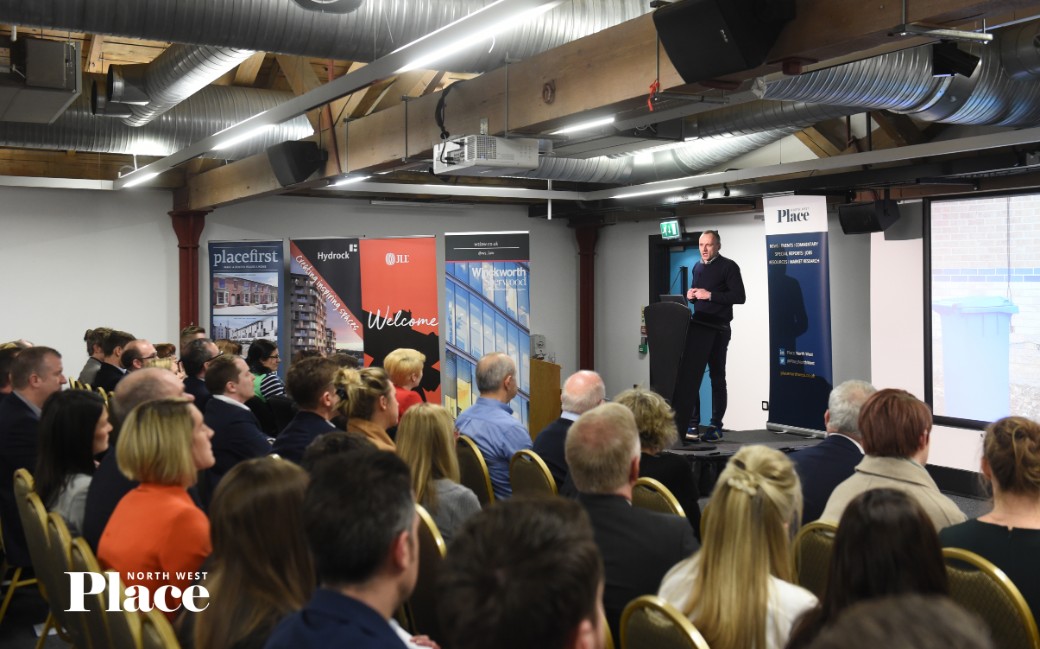


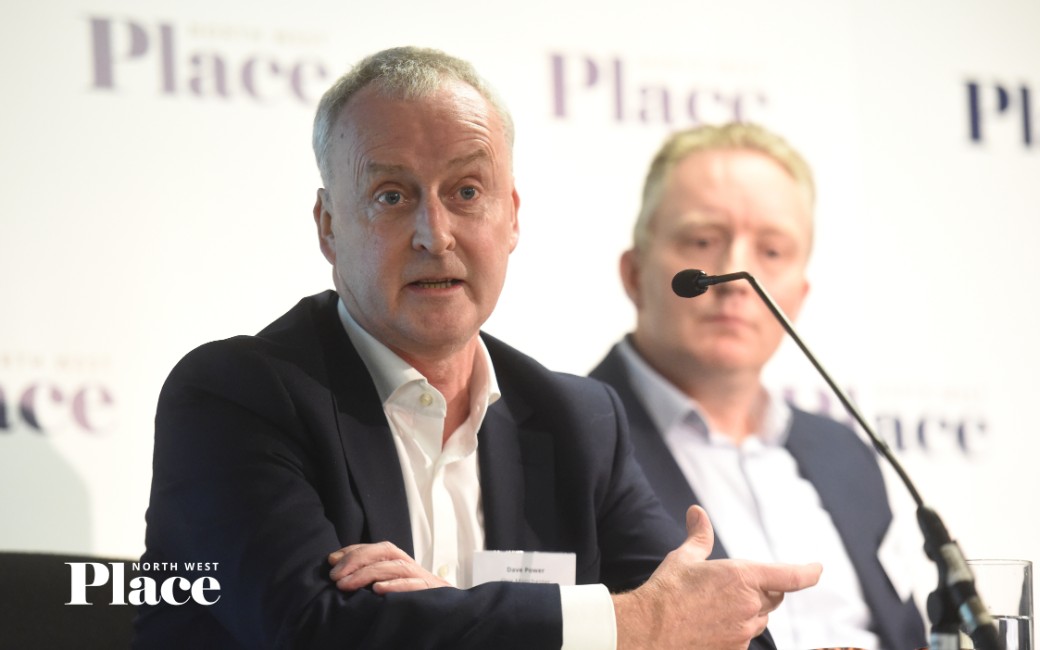
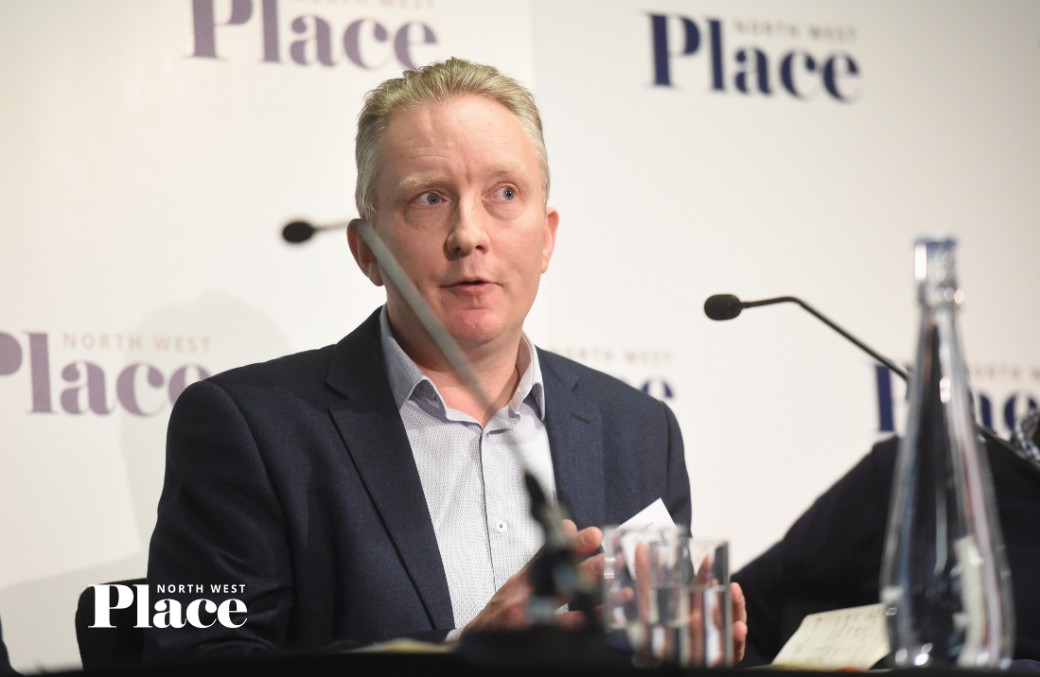
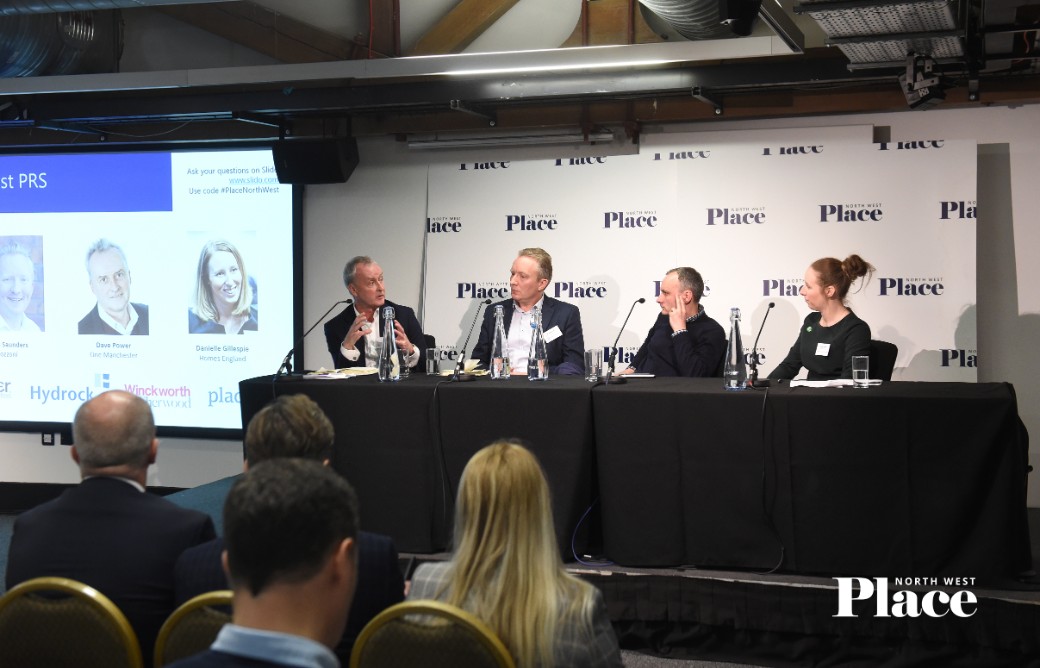
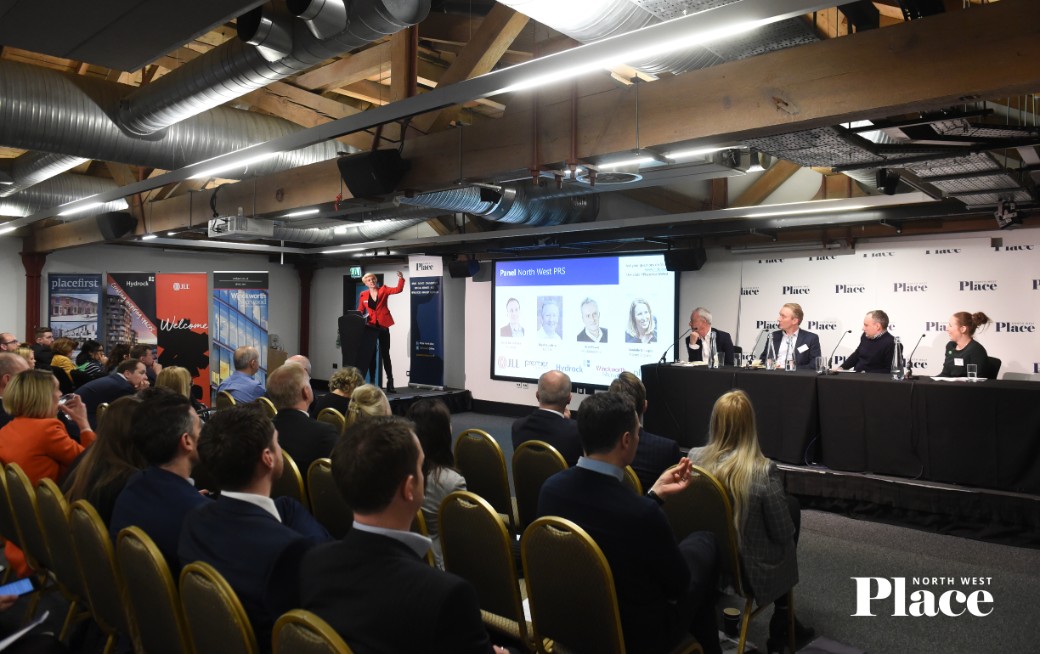




The links for the slides are the same. Please could you print the link for Lee’s slides? Thanks
By EagleEyed
Parochial at its finest…
By Rita the meter maid